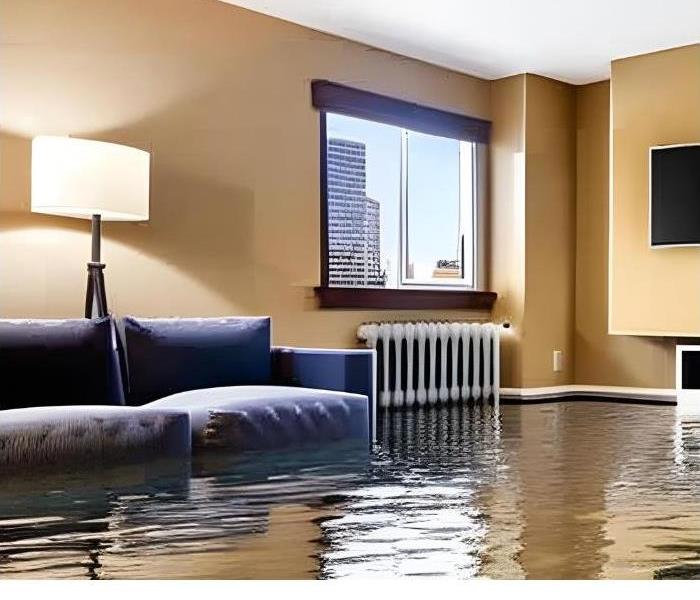Understanding the Health Risks Associated with Water Damage: A Comprehensive Guide
8/17/2023 (Permalink)
Water damage is a common yet often underestimated problem that many homeowners face. It can occur due to various causes such as natural disasters, leaky pipes, or structural issues, leading to a host of structural safety issues and potential health risks. This comprehensive guide aims to discuss the various health hazards linked to water damage and how homeowners can effectively mitigate these risks.
Immediate and Long-Term Effects of Water Damage
Immediate Effects
In the immediate aftermath of water damage, the primary concern is often physical destruction—collapsed ceilings, damaged furniture, and ruined personal items. Electrical issues are also common and pose significant safety hazards.
Long-Term Effects
The long-term effects of water damage can be even more serious. Chronic dampness can lead to the growth of mold and mildew, affecting indoor air quality and leading to a range of health problems. Structural degradation over time can also make the building unsafe to inhabit.
Health Risks Associated with Water Damage
Mold and Mildew Risks
One of the most significant health risks associated with water damage is the growth of mold and mildew. These fungi thrive in damp conditions and can lead to respiratory issues, allergic reactions, and even toxic mold syndrome, caused by particularly harmful varieties like black mold (Stachybotrys chartarum).
Water Contamination
Water damage can also lead to water contamination, causing a range of gastrointestinal issues and infections. This is especially prevalent in the case of sewage backups, where harmful bacteria and pathogens can enter the living spaces.
Psychological Effects
Dealing with water damage and its aftermath can also lead to stress and anxiety, impacting mental health.
Preventing Water Damage
Understanding and implementing preventive measures can drastically reduce the risks associated with water damage. Regular building inspections to detect any structural issues or potential water intrusion sources like leaky pipes can help nip the problem in the bud. Using dehumidifiers in damp spaces like basements can also prevent mold growth.
The Importance of Water Damage Restoration
When water damage does occur, timely and effective restoration is crucial. Professional restoration services can dry out the area, remove damaged materials, and treat the space for mold and mildew, reducing potential health risks.
Safe Cleaning Practices
Following safe cleaning practices after water damage is essential to protect your health. These include using appropriate safety equipment, such as gloves and masks, to protect against mold exposure, and ensuring thorough drying and deodorizing to prevent future mold growth.
Legal Aspects and Insurance Claims
Understanding the legal aspects of water damage, such as your rights as a tenant or landlord and how to make insurance claims, can help you navigate the aftermath. Professional restoration services often offer advice on these matters.
Conclusion
Water damage poses significant health risks, but understanding these risks and taking appropriate preventative and remedial action can protect you and your loved ones. Whether it's taking preventive measures, following safe cleanup practices, or hiring professional restoration services, being proactive can make a world of difference in the face of water damage.
Remember, when dealing with water damage, immediate action is crucial. Even seemingly minor issues can lead to significant health problems if not addressed promptly. Stay informed, stay prepared, and ensure your home remains a safe and healthy space for you and your family.






 24/7 Emergency Service
24/7 Emergency Service
